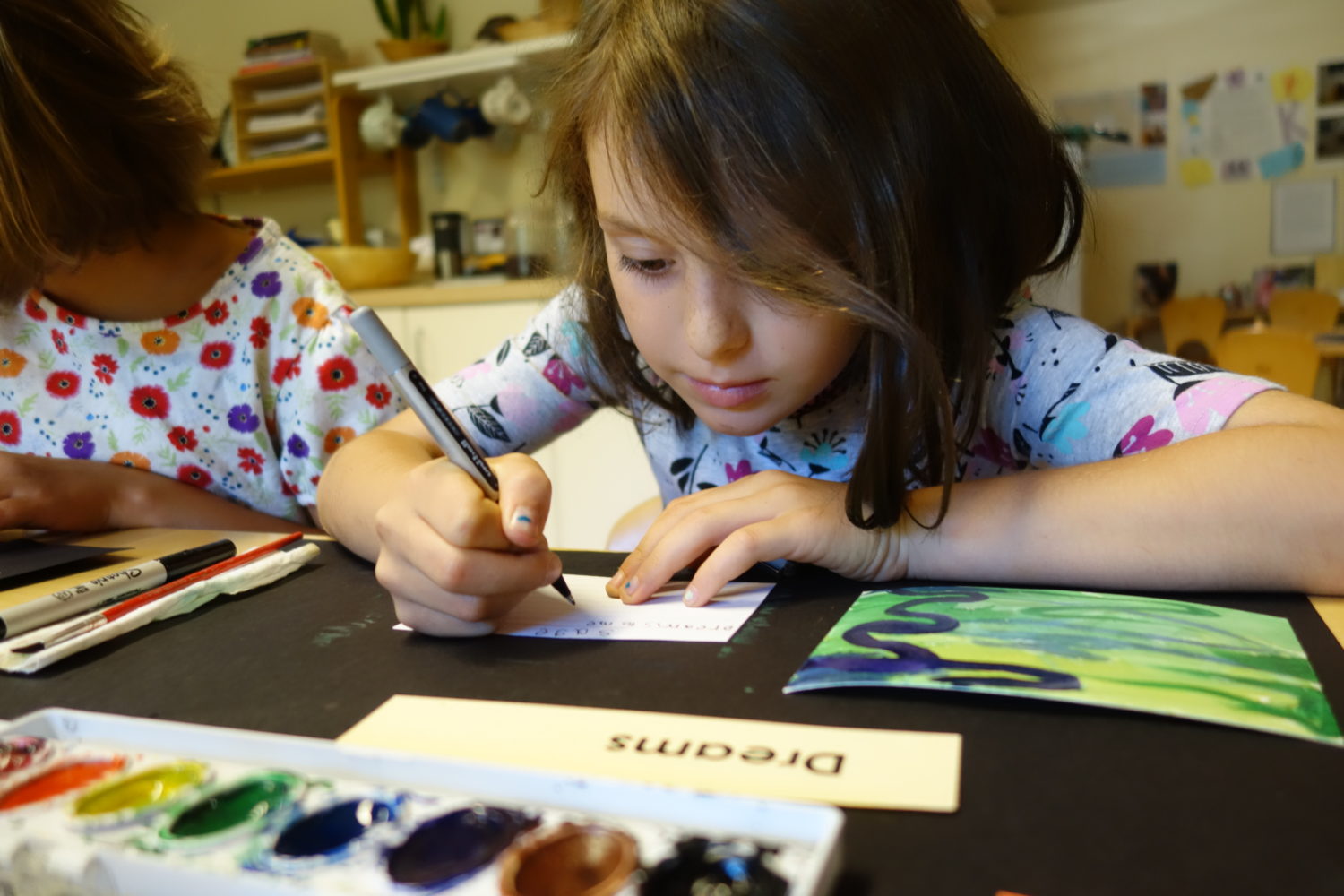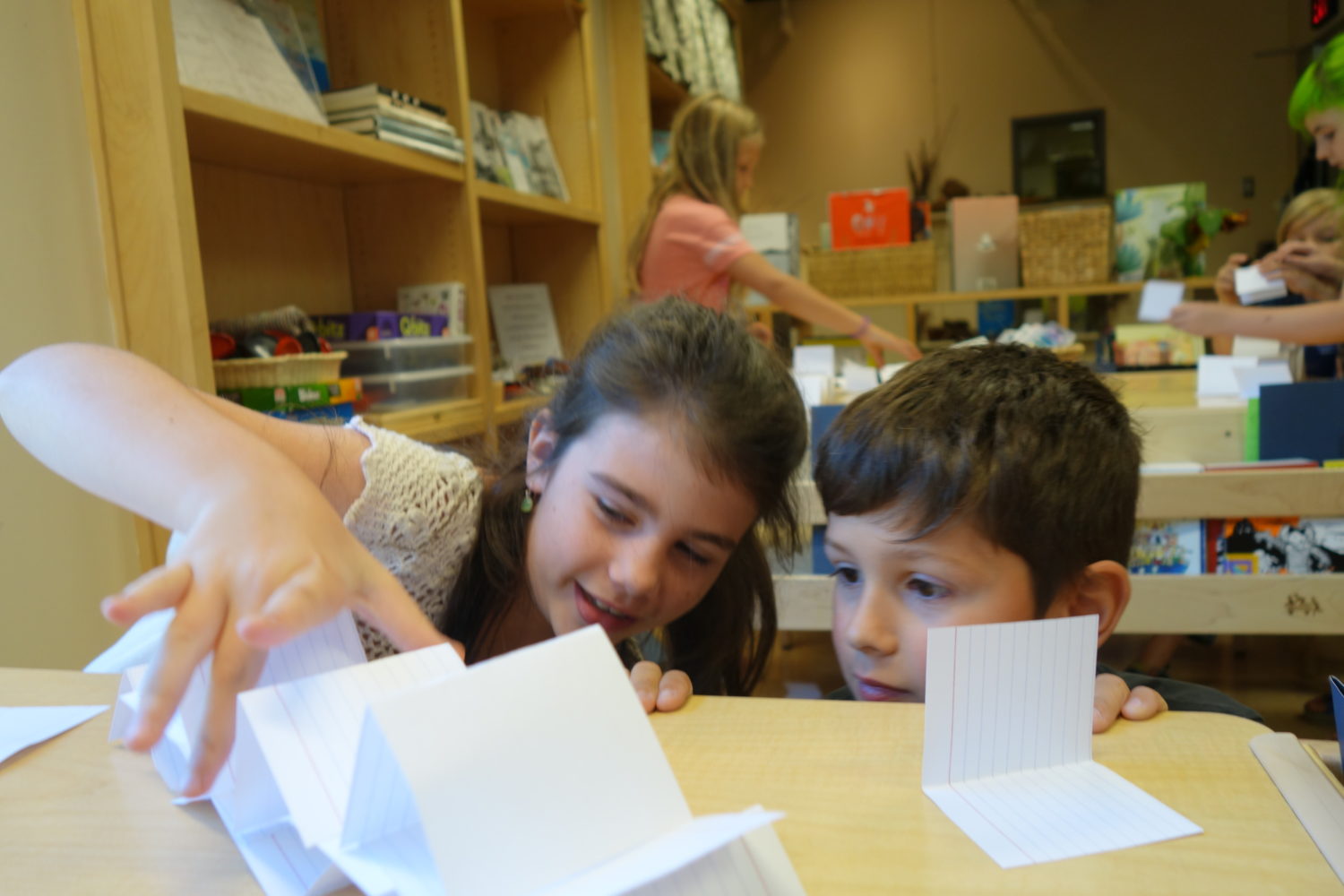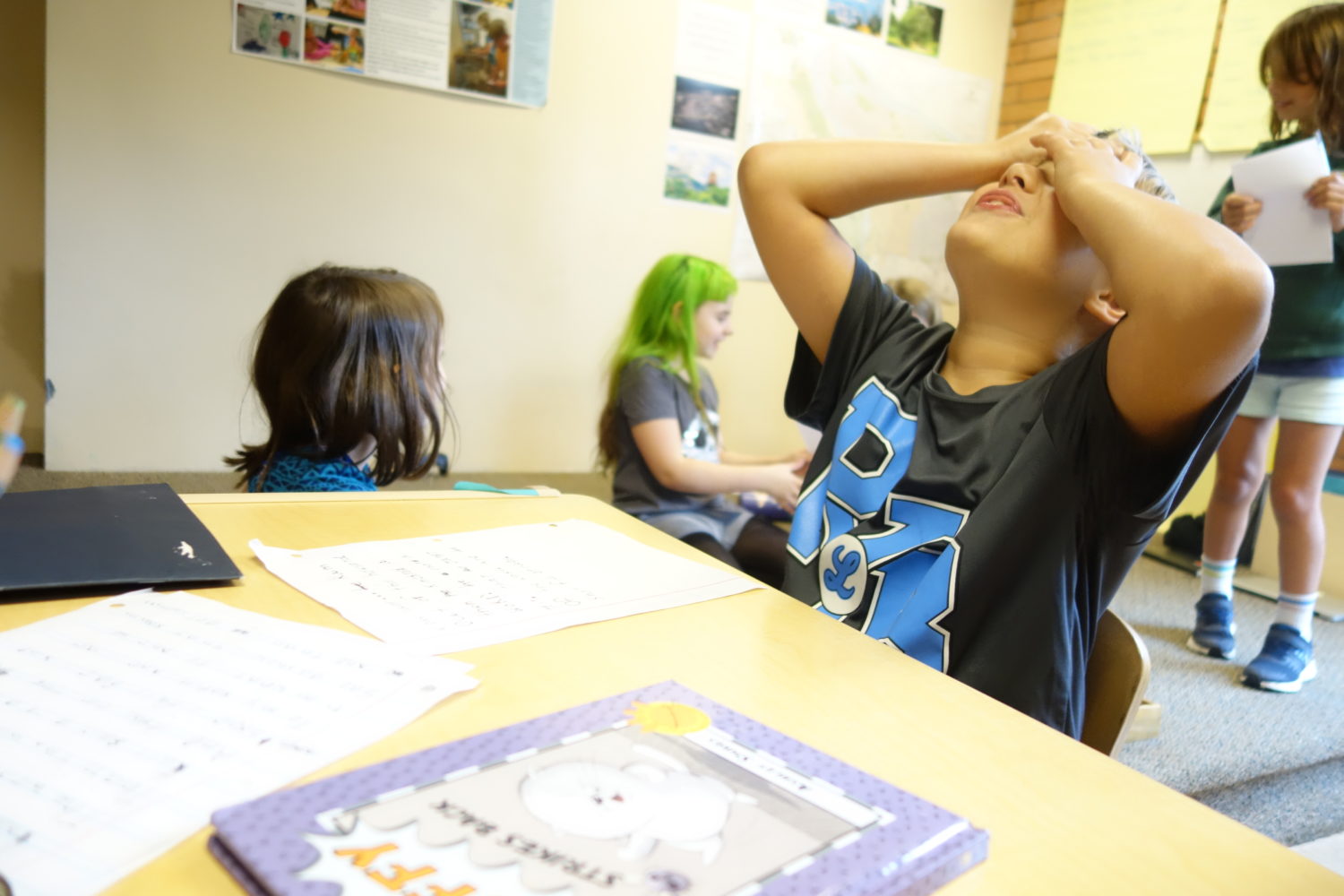A Place for Practice

The beginning of a new school year is an exciting time. The newness, the fresh start, and the anticipation are always with me as I enter the school for the first time after summer’s end. Personally, it means that I can bring all that I’ve been thinking about, reading about, and chewing on into reality. This time of the year means that I am finally able to (of course after a wonderful, restful break) put my wonderings, questions, philosophy, and theories at the forefront and muck about with them. I also feel very lucky that I get to live in a space, both physically and mentally, that invites me to invent, try, experiment, collaborate, mess up, hypothesize, play, and then do it all again. Even after thirteen years of teaching, I step into the classroom not as an expert, but as a teacher with experience who is still learning and using what I already know, as well as my questions, wonderings, and research to help me grow as an educator.
These thoughts and feelings joined me as I eagerly met my colleagues during pre-service meetings before the children arrived in the classrooms. We were brought an excerpt from Stephen Nachmoanovitch’s Free Play: Improvisation in Life and Art. Nachmoanovitch revels in the idea of practice and how it connects to artists, children, and all humans.
He writes,
“The Western idea of practice is to acquire a skill. It is very much related to our work ethic, which enjoins us to endure struggle or boredom now in return for future rewards. The Eastern idea of practice, on the other hand, is to create the person, or rather to actualize or reveal the complete person who is already there. This is not practice for something, but complete practice, which suffices unto itself. In Zen training they speak of sweeping the floor, or eating, as practice. Walking as practice.”

As I think about my own practice, I wonder about the opportunity that is offered to the children that enter the classroom every day. Are the children always practicing to acquire a skill or are they practicing in order to create who they are based on who is already there? Are we creating the environment and spaces that invite children to the important work of practice and honoring the idea that we don’t enter the classrooms as experts? It is my hope that they feel welcomed to practice just like I do.
The children helped me bring this idea of practicing as a way of life to light during a conversation about reading. I led the discussion with a simple question: What kind of reader are you? The children responded with the genres they adore, the subjects that they are interested in, and the different reading spots that they preferred. Skye, a new student to our learning community, responded, “I’m not a very good reader, yet, but I like long chapter books.” I wondered how to celebrate her open mindset as well as her risk to share with a new group. I wanted to make sure that she knew that even though her reading confidence isn’t where she wants it, yet, she is doing what good readers do, continuing to read and reading books that she loves, no matter what. As readers (as well as friends, athletes, video gamers, musicians and others who are persistent with their craft), we know that one way to get better at something is to do it.
This idea sat with the other children for a moment, and then John synthesized his understanding by adding on, “You always practice, so that it isn’t practice because you’re always working.” John was helping Skye and everyone in the community to see that we were not just practicing to read but we were practicing to be more of a reader than we already were currently. He knew that we, as humans, we’re not just practicing to acquire a skill, we were practicing to be.

John is right. We are always working, and not just in reading. In our learning community, we are always working on – practicing – what it means to be a writer, reader, friend, mathematician, partner, explorer, scientists, naturalist, listener, advocate… Everyday, the children occupy the classroom as competent and capable doers, and we, as teachers, strive to make room for the messy work that happens when they are working, practicing and right in the middle of it. Just as I step in the classroom as a teacher (and a person) who is still practicing and working, I offer the children the same invitation to try, “have a go,” mess up, revise, edit, abandon, pick-up, and reconfigure all the possibilities. In her recent post, my colleague Susan brought this idea of practice up in relation to the work and purpose of schools. She adds to the conversation “What if, instead, we thought of the things we do as practice – just practice? What if the things we do and say in our efforts to be the best version of ourselves we can be are seen as the best we can do in the moment?” As these ideas have been rolling around my head this past month, these are the questions I consider as I enter the room every day, as well as when each and every child enters too. It feels good to be in this practice together.
Readers, how are you inviting children to be in constant practice while in the classroom?
What language, invitations, provocations, conversations or ideas help with this idea?
Related posts:

Thank you for sharing, Nicole! This quote captures so much of what is happening in education today and what could be happening. And your post is a spark to make the could be happening happen a little more often and a little sooner! In my new placement I have so so many questions related to these very ideas and the Opal blog posts this fall have been like infusions of inspiration, strength, and support.
“The Western idea of practice is to acquire a skill. It is very much related to our work ethic, which enjoins us to endure struggle or boredom now in return for future rewards. The Eastern idea of practice, on the other hand, is to create the person, or rather to actualize or reveal the complete person who is already there. This is not practice for something, but complete practice, which suffices unto itself. In Zen training they speak of sweeping the floor, or eating, as practice. Walking as practice.”